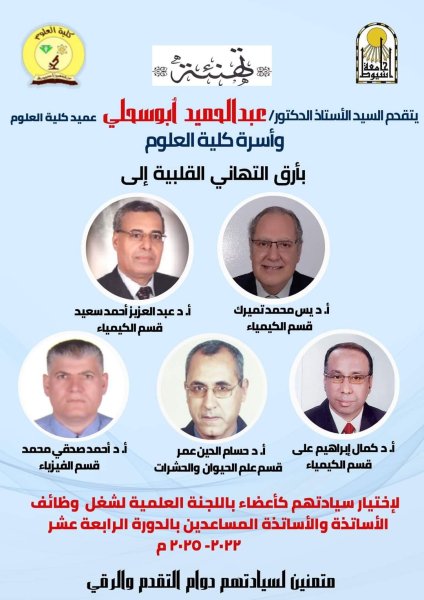Structural, morphological, optical, photocatalytic activity investigations of Bi doped ZnO nanoparticles
Zn1-xBixO samples' structural, optical, and photocatalytic properties, with (0.00 ≤ x ≤ 0.20), have been investigated. By increasing the Bi content to 0.20, the a-parameter, unit cell volume, crystallite size and porosity increased, while c-parameter decreased.. Interestingly, adding Bi to ZnO increases the Young and bulk modulus, and all samples are brittle in nature. The optical analysis revealed that all Zn1-xBixO samples have two direct band gaps (Eg1/Eg2) in which their values are reduced by increasing the Bi content to 0.10, and then an increase up to 0.20 of Bi. The reflective index of ZnO is increased by the introduction of Bi3+ ions into the host material. The activity of the photocatalytic is reduced by doping of 0.025 Bi, but it is enhanced by changing the Bi content to 0.20. These findings reveal that Zn1-xBixO nanoparticles are more suitable for optoelectronic devices, and water purification.



